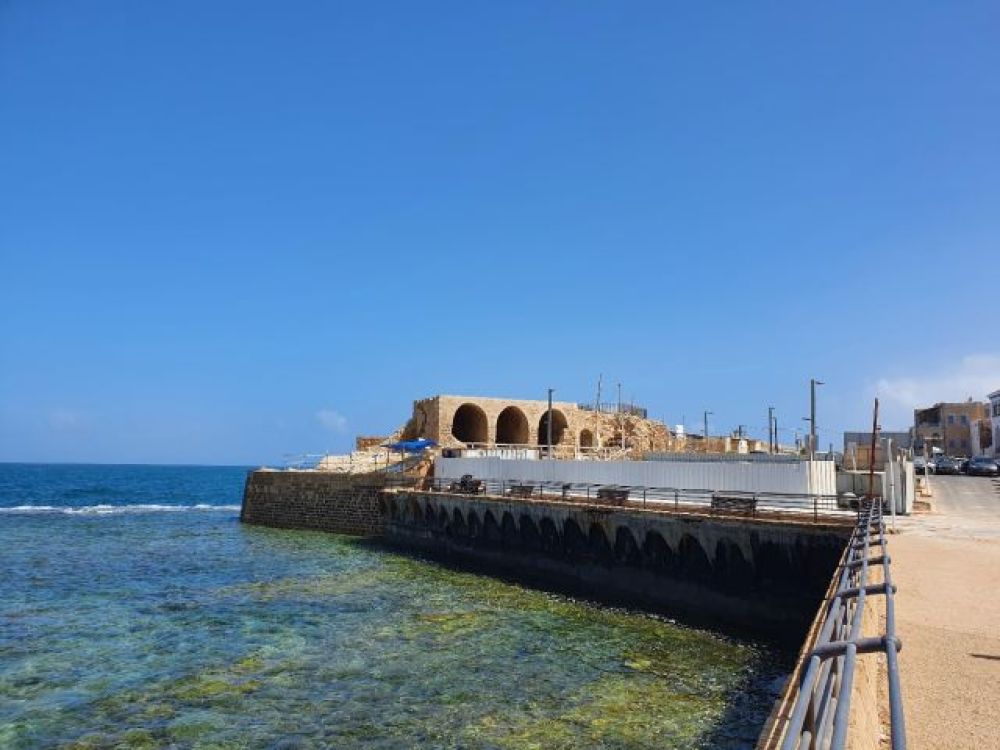

Acre, or Akko as it is known in Hebrew, is a city that encapsulates the history of the western Galilee region of Israel. Its walls have withstood the test of time and are a testament to the city's rich and diverse history. The city of Akko is a UNESCO World Heritage Site, recognized for its well-preserved historical fortifications and its status as a cradle of continuous human civilization.
Tourism in Akko has its roots in the city's historical, cultural, and religious significance. The area has been a destination for pilgrims and travelers for centuries due to its biblical connections and role in various ancient empires. However, the modern history of tourism in Akko began to develop significantly in the late 20th century.
1980s to 1990s: Israel started to promote Akko as a tourist destination, highlighting its ancient port, Crusader history, and Ottoman-era architecture. During this period, steps were taken to conserve Akko's monuments, which increased its appeal to international visitors.
2001: The Old City of Akko was declared a UNESCO World Heritage Site, which brought increased visibility and a surge of tourism. Efforts were ramped up to restore and maintain the city's historical sites, including the famous Akko Walls.
2000s onwards: A focus on improving tourist infrastructure, such as hotels, visitor centers, and multilingual tours, helped further integrate Akko into the global tourism market. Festivals and events, such as the annual Acre Opera Festival and the Knights' Halls performances, also contributed to its growth in tourism.
The walls of Akko are a centerpiece of the city's tourism appeal. They stretch majestically around the old city and date back to the Crusader period, with significant enhancements made during the Ottoman Empire under the rule of Ahmed al-Jazzar in the late 18th century.
Restoration and Accessibility: Extensive restoration efforts have preserved the walls, enabling tourists to experience the grandeur of Akko's fortifications firsthand. The walls offer panoramic views of the Mediterranean Sea and have become an iconic symbol of the city.
Visitors can walk along parts of the walls, visit the towers, and explore the subterranean Crusader Cities. In recent years, evening light shows have been projected on the walls, bringing their history to life and enhancing the visitor experience.
In recent years, Akko has seen a trend towards sustainable and cultural tourism. Tourists are increasingly seeking authentic experiences, such as:
Moreover, there is a growing interest in the area's non-tangible culture, such as storytelling, music, and dance, which provides a deeper understanding of the city's diverse cultural fabric.
Technology and Virtual Tours: Akko has embraced modern technology to enhance its touristic offerings. Virtual reality experiences now allow visitors to 'see' the city as it was in different historical periods, attracting a new generation of tech-savvy tourists.
The evolution of tourism in Akko, highlighted by the central role of its ancient walls, reflects a city that has successfully blended its rich historical heritage with modern-day experiences. The city continues to cater to diverse groups of tourists, ensuring that the legacy of Akko and its walls remains alive for future generations to appreciate and enjoy.